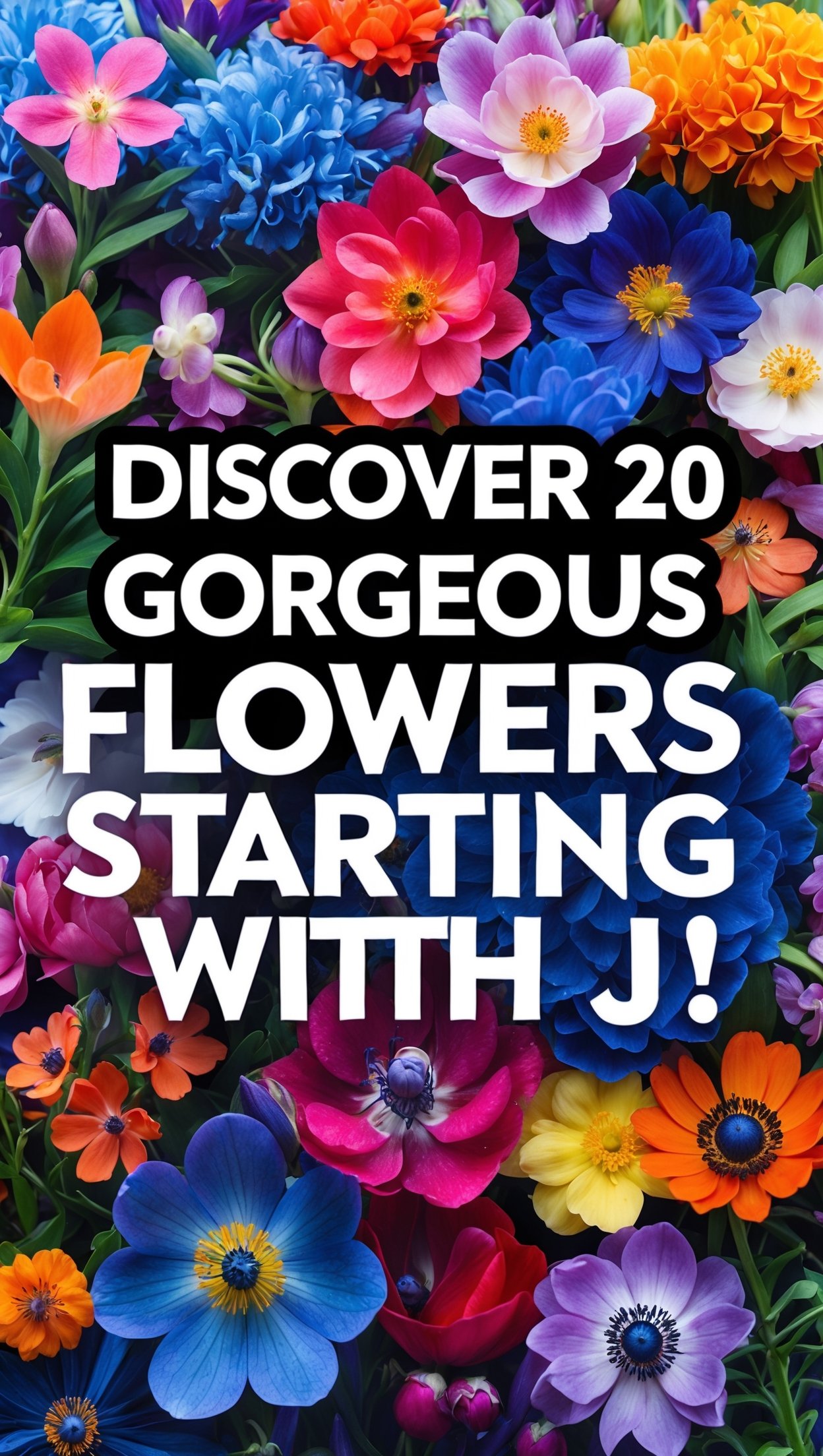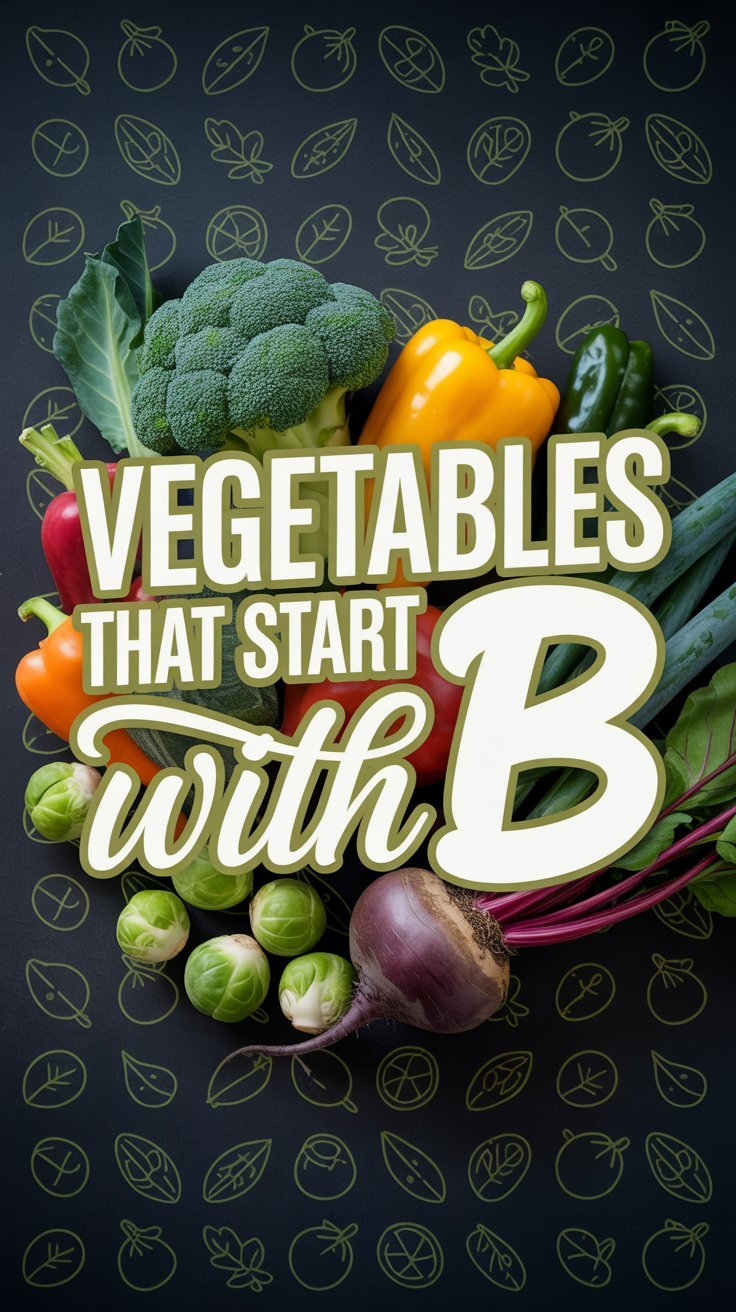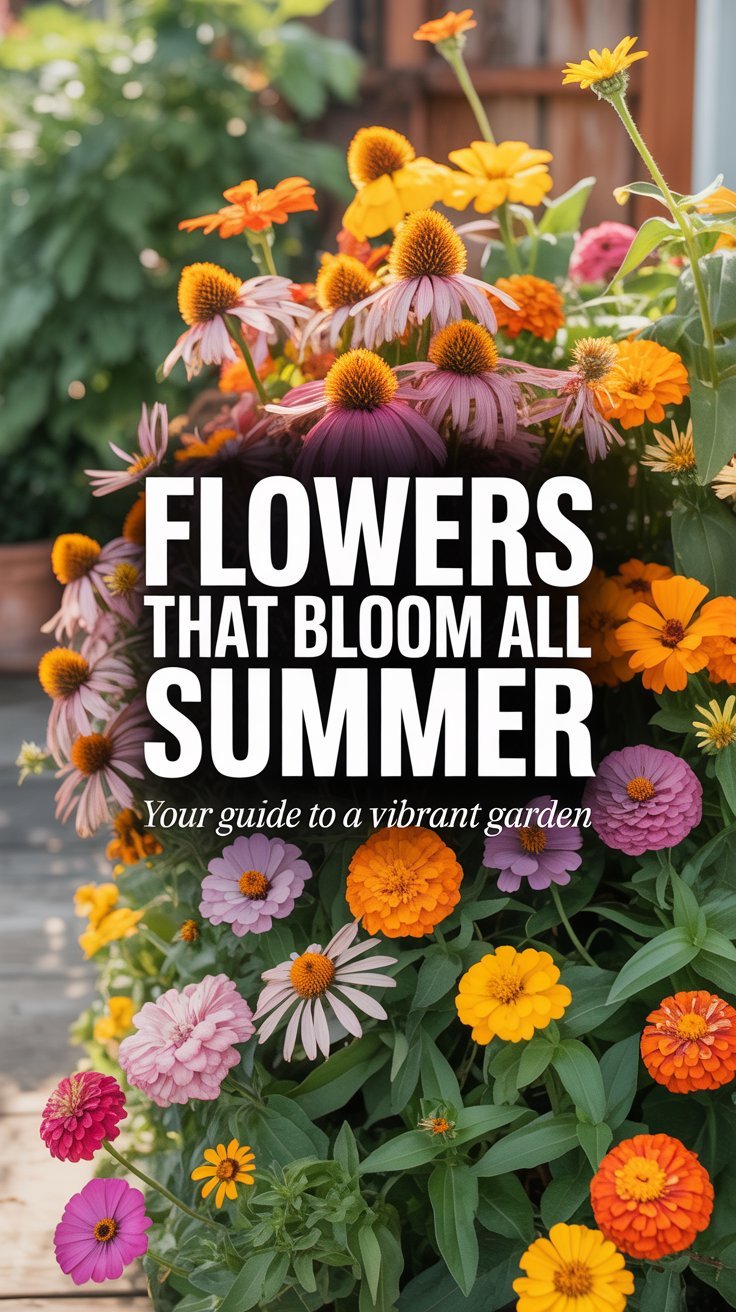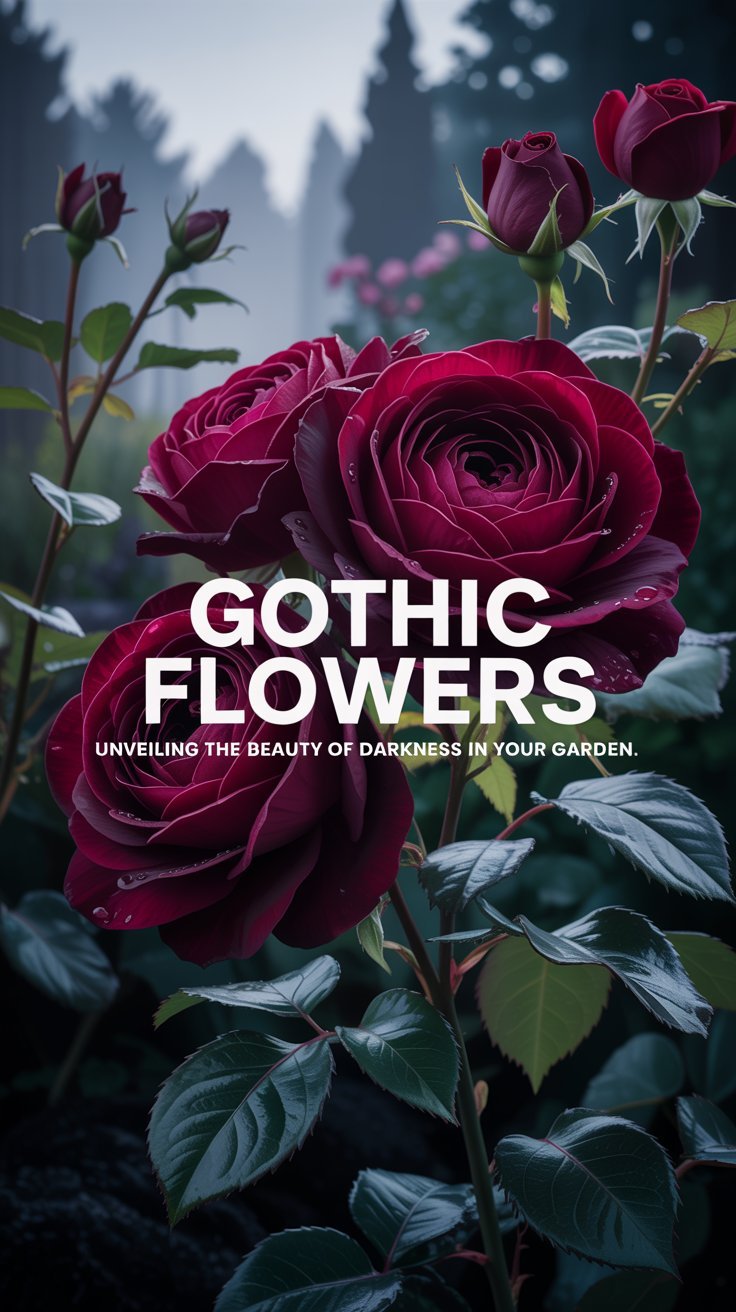Discover 20 stunning flowers that start with the letter J, like Jasmine and Japanese Anemone, with growing tips from a 10-year gardening pro.

Hey there! Have you ever found yourself wondering about the perfect flower to brighten up your garden? Maybe you’re searching for something unique, or you just love the letter “J” as much as I do. Whatever brought you here, I’m excited to share a list of flowers that start with J that I’ve come to know and love over my 10 years of gardening. My name’s Ashley Scott, and I’ve spent a decade digging in the dirt, experimenting with blooms, and learning what works best in gardens across the USA.
In this article, I’ll walk you through 20 stunning flowers that start with the letter J, from the sweet-smelling Jasmine to the quirky Jack-in-the-Pulpit. I’ll give you the scoop on what they look like, how to grow them, and even a few personal stories from my own garden. Whether you’re a beginner or a seasoned gardener, there’s something here for you. So, let’s dive into this list of flowers that start with J and find your next favorite bloom!
Quick List of 20 Flowers That Start with J
Before we get into the details, here’s a quick rundown of the 20 flowers that start with J we’ll explore. If you’re looking for a fast answer to “What’s a flower that starts with J?”—this is it:
- Jasmine
- Johnny Jump Up
- Japanese Anemone
- Jacob’s Ladder
- Jade Vine
- Jerusalem Sage
- Jaborosa
- Japanese Iris
- Jonquil
- Japanese Cherry Blossom
- Japanese Rose
- Japanese Andromeda
- Jewelweed
- Jack-in-the-Pulpit
- Japanese Primrose
- Japanese Snowbell
- Japanese Kerria
- Japanese Morning Glory
- Japanese Cobra Lily
- Japanese Orange Osmanthus
Now, let’s dig deeper into each one!
Why Flowers That Start with J Are a Must-Know
If you’re like me, you love a good garden challenge—or maybe just a fun theme to impress your neighbors. Flowers beginning with J offer a little bit of everything: easy growers for beginners, exotic picks for adventurers, and even some native beauties perfect for sustainable gardens. Plus, they answer those burning questions you might be typing into Google or asking Alexa, like “What are some flowers that start with J?” or “Can you name 20 flowers beginning with J?”
In this article, I’ll share a detailed rundown of 20 flowers that start with J, complete with descriptions, growing tips, and a few personal stories from my own gardening journey. It’s all about giving you practical info in a way that feels like we’re chatting over a cup of coffee. Let’s get started!
Exploring 20 Flowers That Start with J
Here’s the main event—a handpicked list of 20 flowers that start with J. I’ve included their looks, origins, fun facts, and tips to help you grow them in your own backyard. Whether you’re after “flowers that start with a J” for a project or just browsing, this list has it all.
1. Jasmine
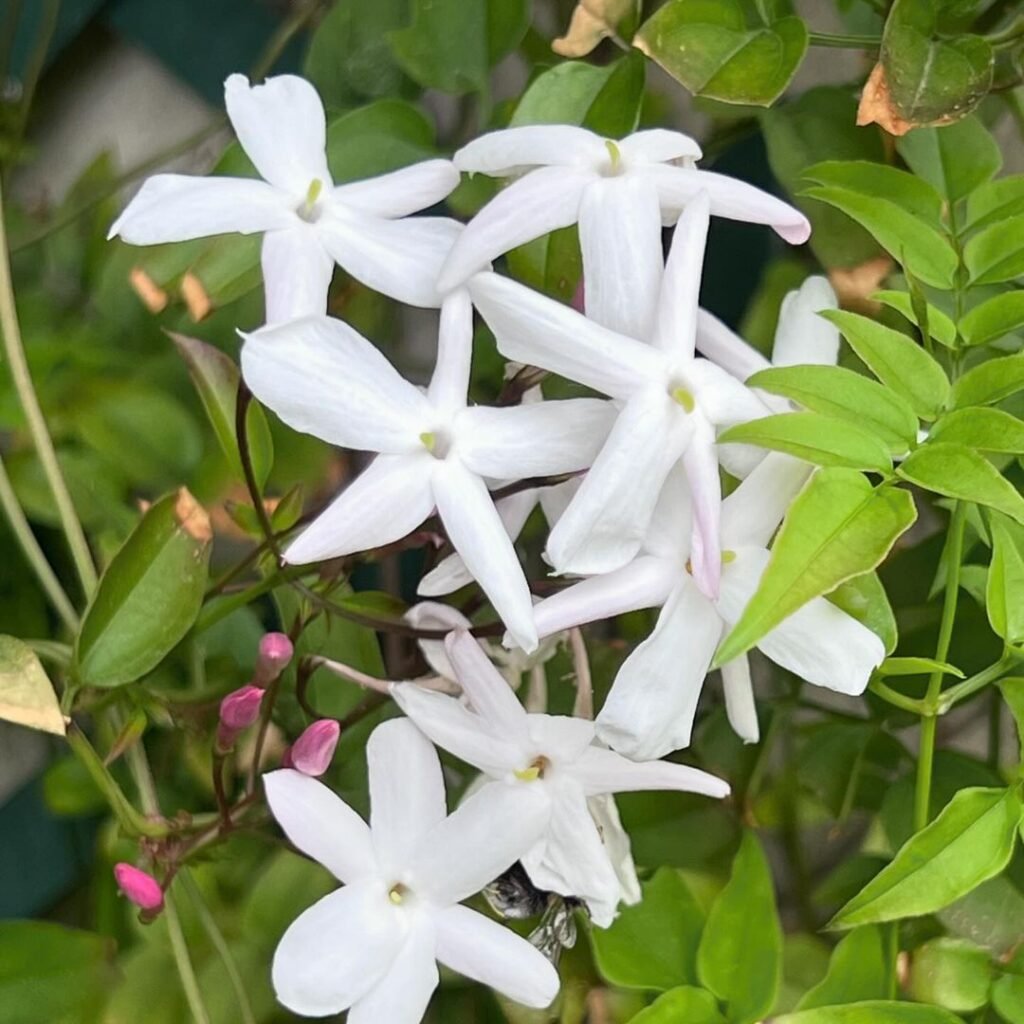
Description: Jasmine is a classic beauty with small, star-shaped white flowers that release an incredible fragrance, especially in the evening. It’s a climber that can cover trellises or fences with lush green foliage.
Growing Conditions:
- USDA Hardiness Zones: 7-10
- Sunlight: Full sun to partial shade
- Soil: Well-drained, fertile
- Watering: Keep soil moist but not soggy
My Take: I planted Jasmine along my patio a few years back, and let me tell you, the scent on summer nights is pure magic. It’s also a hit with bees! Check out my guide on How to Care for Jasmine Plants for more tips.
2. Johnny Jump Up
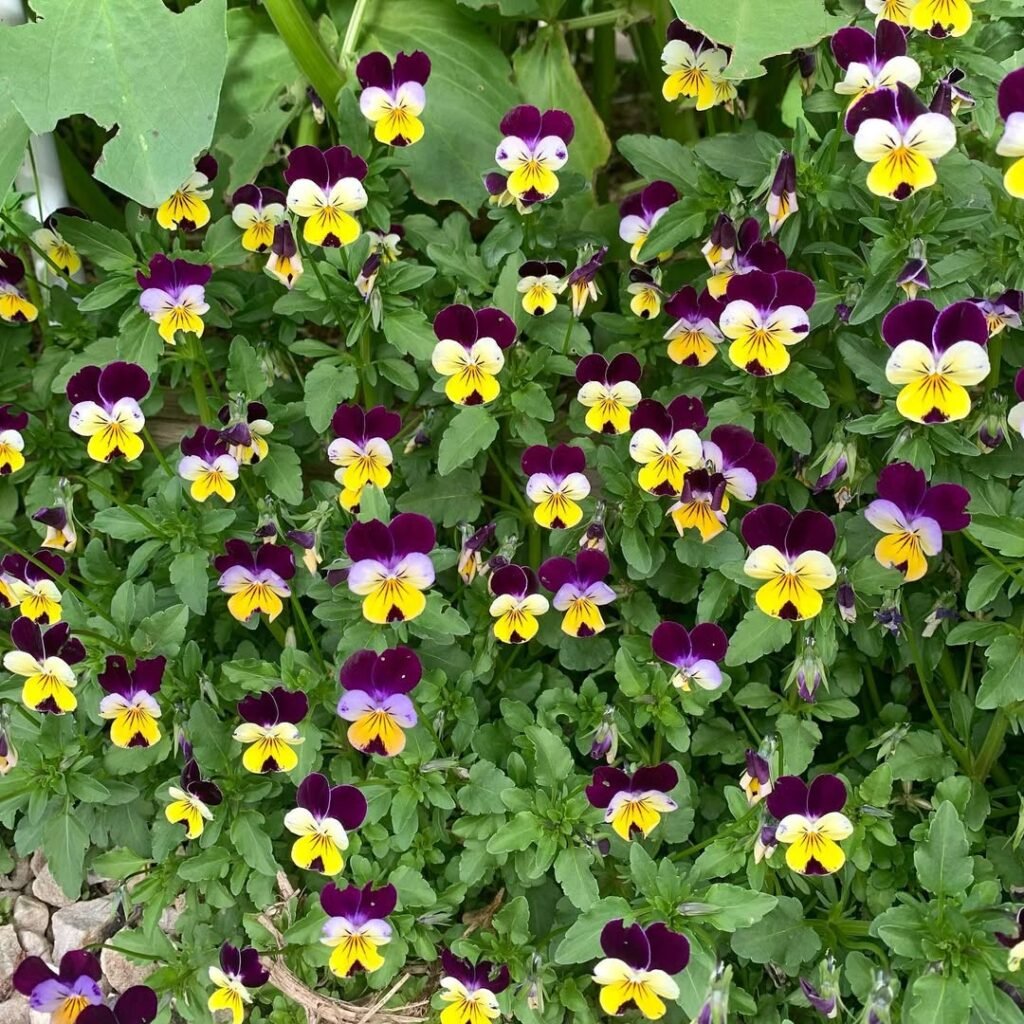
Description: These cheerful little flowers bloom in purple, yellow, and white, looking like tiny pansies. They’re low-growing and perfect for borders or containers.
Growing Conditions:
- USDA Hardiness Zones: 3-9
- Sunlight: Full sun to partial shade
- Soil: Well-drained, average
- Watering: Moderate
My Take: Johnny Jump Ups have a knack for popping up where I least expect them. They self-seed like crazy in my garden, adding pops of color every spring.
3. Japanese Anemone

Description: With delicate pink or white petals and a golden center, Japanese Anemones sway gracefully on tall stems, blooming in late summer to fall.
Growing Conditions:
- USDA Hardiness Zones: 4-8
- Sunlight: Partial shade
- Soil: Moist, well-drained
- Watering: Regular
My Take: These are a shady spot’s best friend. I’ve got them under a tree, and they bring life to that corner when everything else fades.
4. Jacob’s Ladder
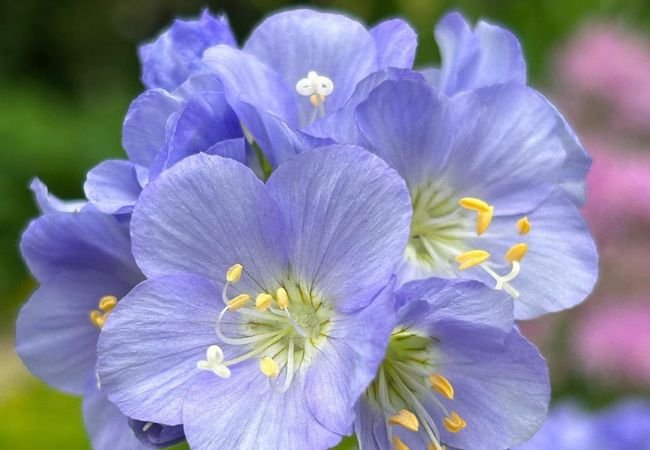
Description: This flower has clusters of blue or white bell-shaped blooms atop ladder-like leaves—hence the name! It’s a woodland charmer.
Growing Conditions:
- USDA Hardiness Zones: 3-8
- Sunlight: Partial shade
- Soil: Moist, rich
- Watering: Consistent
My Take: I love how Jacob’s Ladder adds a soft touch to my shaded beds. It’s low-maintenance, which is a win for busy gardeners like me.
5. Jade Vine
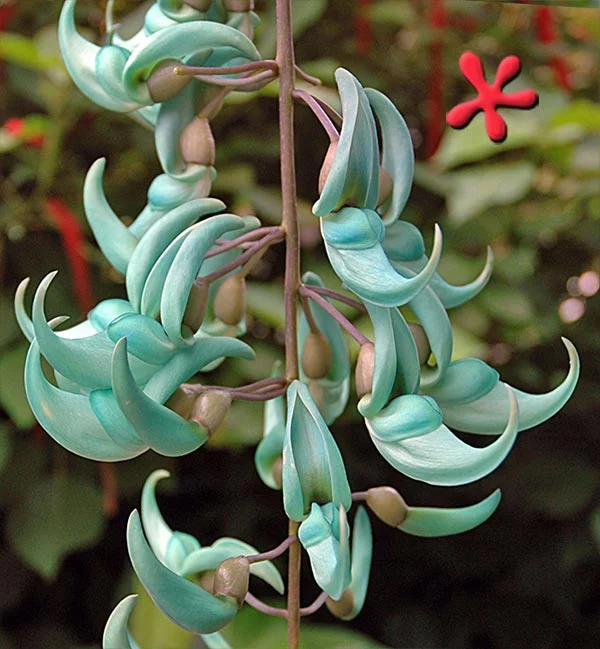
Description: Jade Vine is an exotic stunner with hanging clusters of turquoise flowers that look almost unreal. It’s a tropical vine that screams “wow.”
Growing Conditions:
- USDA Hardiness Zones: 10-11
- Sunlight: Full sun
- Soil: Well-drained, fertile
- Watering: Regular
My Take: I saw this in a botanical garden once and dreamed of growing it. It’s tricky in the USA unless you’ve got a greenhouse, but it’s worth the effort! Learn more from the Missouri Botanical Garden.
6. Jerusalem Sage
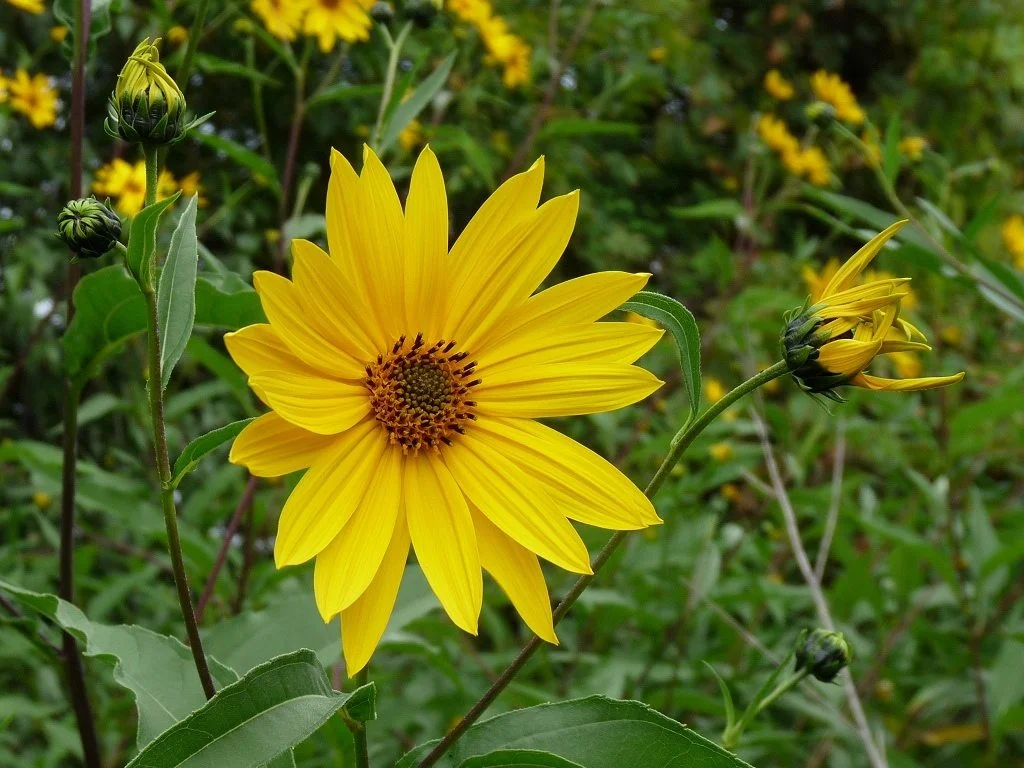
Description: Not a true sage, this plant has whorls of yellow flowers and fuzzy leaves, giving it a rustic vibe.
Growing Conditions:
- USDA Hardiness Zones: 8-10
- Sunlight: Full sun
- Soil: Well-drained
- Watering: Drought-tolerant once established
My Take: I’ve grown this in a sunny spot, and it’s tough as nails—perfect for low-water gardens.
7. Jaborosa
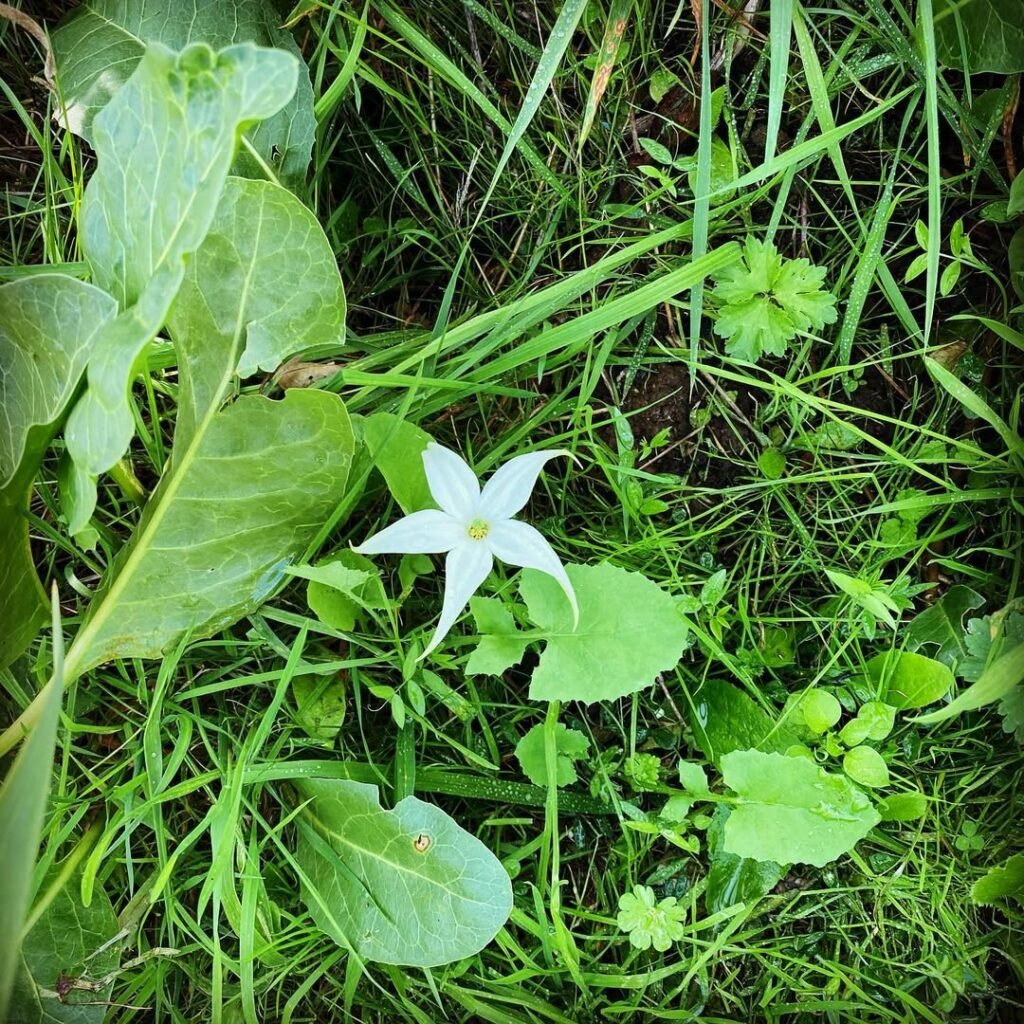
Description: A lesser-known gem, Jaborosa has small, tubular flowers in white or purple, often with a subtle scent.
Growing Conditions:
- USDA Hardiness Zones: 7-9
- Sunlight: Partial shade
- Soil: Well-drained
- Watering: Moderate
My Take: I stumbled across this one in a nursery and gave it a shot. It’s a quiet beauty that deserves more love.
8. Japanese Iris

Description: These irises boast large, flat blooms in purple, blue, or white, with intricate patterns that catch the eye.
Growing Conditions:
- USDA Hardiness Zones: 4-9
- Sunlight: Full sun to partial shade
- Soil: Moist, acidic
- Watering: Keep soil wet
My Take: I’ve got these near my pond, and they thrive in the damp soil. Stunning!
9. Jonquil

Description: A type of narcissus, Jonquils have bright yellow or white flowers with a sweet fragrance, blooming in spring.
Growing Conditions:
- USDA Hardiness Zones: 4-8
- Sunlight: Full sun
- Soil: Well-drained
- Watering: Moderate
My Take: Jonquils are my go-to for early spring cheer. Their scent reminds me of fresh starts.
10. Japanese Cherry Blossom

Description: Famous for their pink blooms, these trees create a breathtaking canopy during springtime hanami celebrations.
Growing Conditions:
- USDA Hardiness Zones: 5-8
- Sunlight: Full sun
- Soil: Well-drained
- Watering: Moderate
My Take: I haven’t grown this myself, but I’ve seen them in bloom—pure poetry! Read more at Sakura Flowers : The Enchanting Beauty and Cultural Significance of Cherry Blossoms.
11. Japanese Rose

Description: Also called Kerria, this shrub has bright yellow, rose-like flowers that pop against green stems.
Growing Conditions:
- USDA Hardiness Zones: 4-9
- Sunlight: Partial shade
- Soil: Well-drained
- Watering: Moderate
My Take: I’ve got this in a shady corner, and it’s a reliable bloomer every year.
12. Japanese Andromeda

Description: This evergreen shrub has drooping clusters of white or pink flowers and glossy leaves.
Growing Conditions:
- USDA Hardiness Zones: 5-8
- Sunlight: Partial shade
- Soil: Well-drained, acidic
- Watering: Regular
My Take: It’s a slow grower, but I love how it adds structure to my garden.
13. Jewelweed

Description: With orange or yellow spotted flowers, Jewelweed is a wildflower that hummingbirds adore.
Growing Conditions:
- USDA Hardiness Zones: 2-11
- Sunlight: Partial shade
- Soil: Moist
- Watering: Keep wet
My Take: I found this growing wild near a stream once—it’s a natural remedy for poison ivy, too!
14. Jack-in-the-Pulpit

Description: This quirky plant has a hooded flower that looks like a little preacher in a pulpit—super unique!
Growing Conditions:
- USDA Hardiness Zones: 4-9
- Sunlight: Shade
- Soil: Moist, rich
- Watering: Consistent
My Take: I’ve got this in my woodland garden, and it always sparks conversation.
15. Japanese Primrose
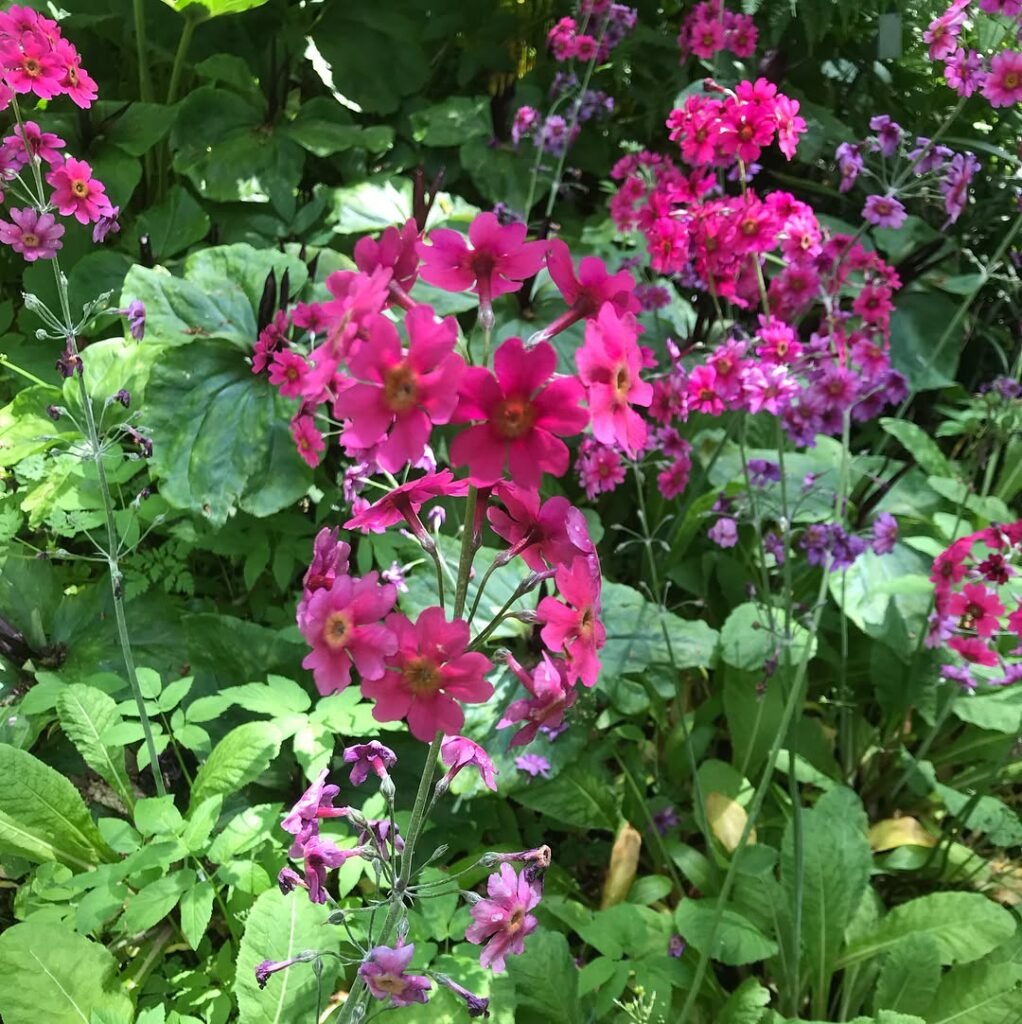
Description: Tiered layers of pink, red, or white flowers make this a showstopper in wet areas.
Growing Conditions:
- USDA Hardiness Zones: 4-8
- Sunlight: Partial shade
- Soil: Wet, rich
- Watering: Keep moist
My Take: Perfect near water features—I’ve seen it thrive by my friend’s pond.
16. Japanese Snowbell
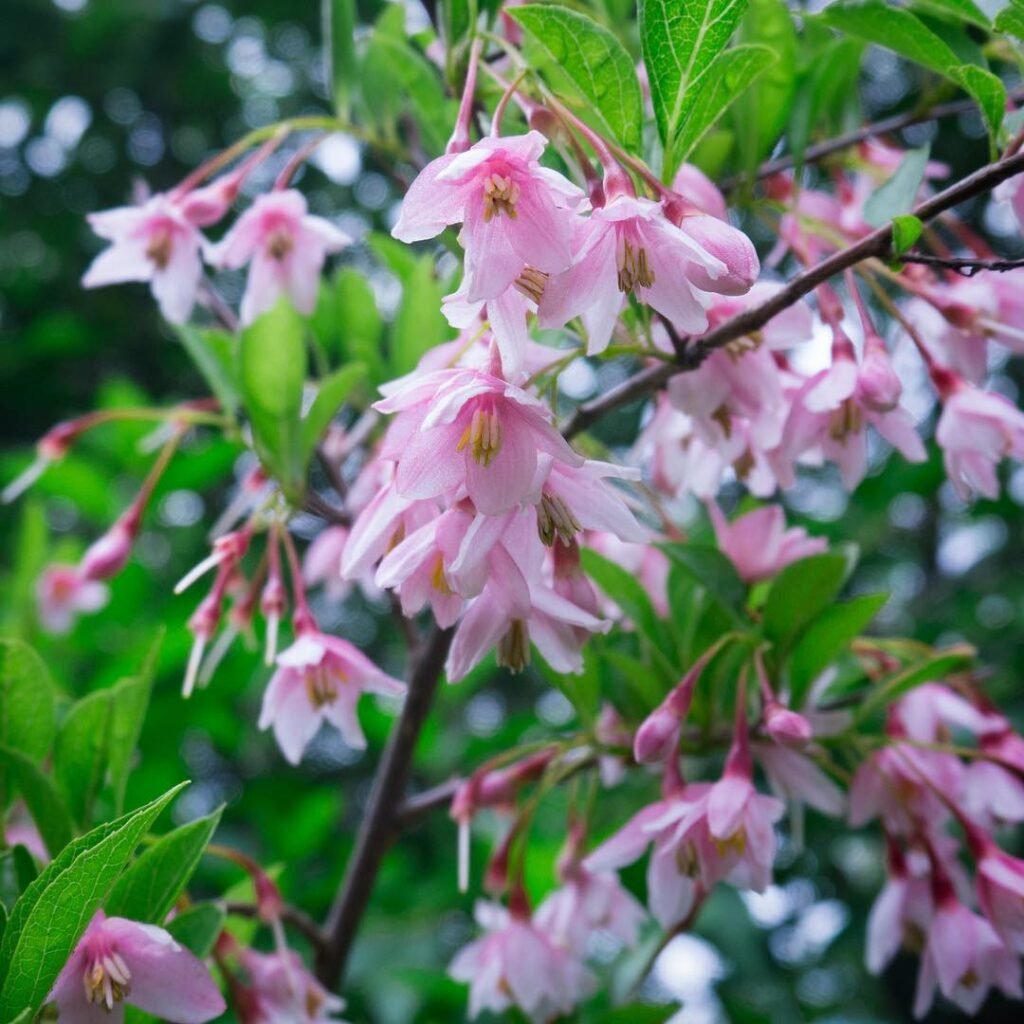
Description: A small tree with dangling white bell-shaped flowers that bloom in late spring.
Growing Conditions:
- USDA Hardiness Zones: 5-8
- Sunlight: Full sun to partial shade
- Soil: Well-drained
- Watering: Moderate
My Take: I’m tempted to plant this for its elegant look—great for small yards.
17. Japanese Kerria

Description: Similar to Japanese Rose, it has single or double yellow blooms and arching stems.
Growing Conditions:
- USDA Hardiness Zones: 4-9
- Sunlight: Partial shade
- Soil: Well-drained
- Watering: Moderate
My Take: It’s tough and blooms even in tough spots in my garden.
18. Japanese Morning Glory

Description: Vibrant blue or purple trumpet-shaped flowers that open in the morning—gorgeous climbers!
Growing Conditions:
- USDA Hardiness Zones: 9-11 (annual elsewhere)
- Sunlight: Full sun
- Soil: Well-drained
- Watering: Regular
My Take: I grew these on a trellis once, and they were a summer highlight. Read more Morning Glory : The Beautiful Climbing Flower for Your Garden.
19. Japanese Cobra Lily

Description: A funky pitcher plant with striped, hooded flowers that trap insects.
Growing Conditions:
- USDA Hardiness Zones: 5-8
- Sunlight: Full sun
- Soil: Wet, acidic
- Watering: Keep soggy
My Take: This one’s a conversation starter—I’ve only admired it at a nursery.
20. Japanese Orange Osmanthus
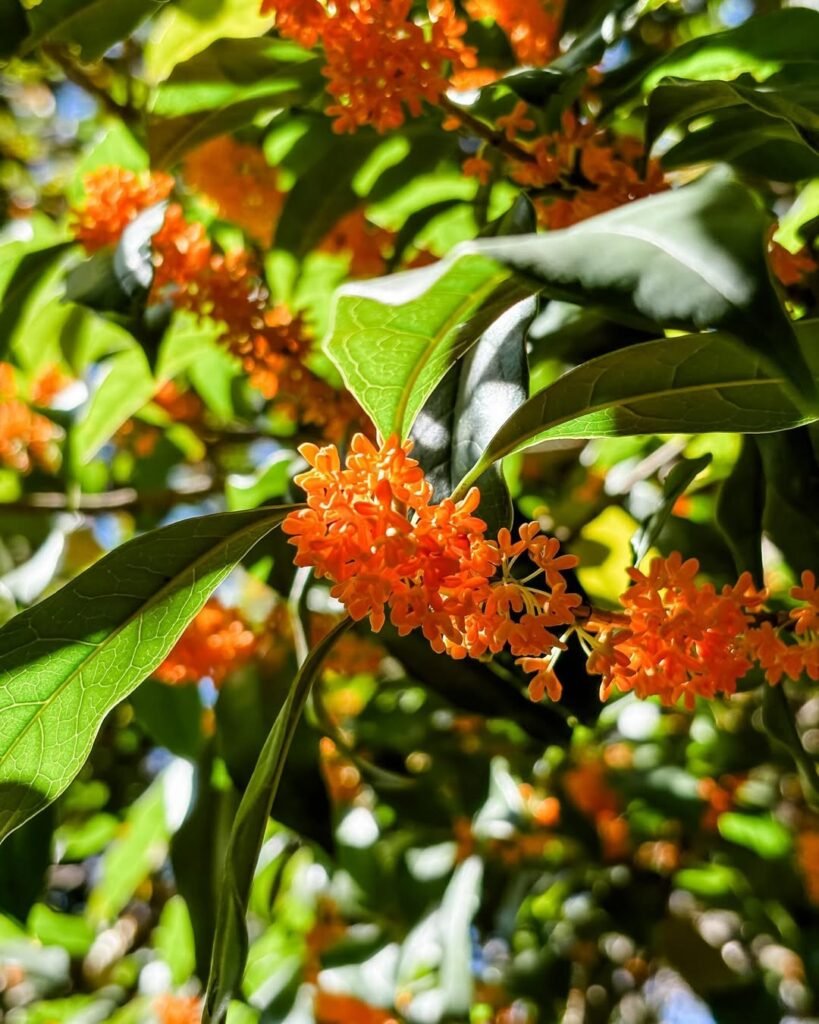
Description: Tiny orange flowers with a fruity scent, blooming on an evergreen shrub.
Growing Conditions:
- USDA Hardiness Zones: 7-9
- Sunlight: Full sun to partial shade
- Soil: Well-drained
- Watering: Moderate
My Take: I’d love to try this for its fragrance—perfect for a cozy garden nook. See growing tips from NC State Extension.
Tips for Growing Flowers That Start with J
With 20 flowers that start with J to choose from, how do you decide? Here’s what I’ve learned over my decade of gardening:
- Climate Check: Jade Vine needs warmth, while Johnny Jump Up handles cold snaps.
- Sunlight Needs: Jasmine loves sun; Jack-in-the-Pulpit craves shade.
- Soil Type: Japanese Iris wants acidic; Jerusalem Sage prefers dry.
- Effort Level: Beginners, try Jerusalem Sage; pros, tackle Jade Vine.
Need more help? My post on How to Select Perennials for Your Garden dives deeper!
Want to give these beauties a try? Here are some general tips I’ve learned over the years:
- Soil Prep: Most of these flowers love well-drained soil. Mix in some compost to give them a boost.
- Water Wisely: Some, like Japanese Iris, need wet feet, while others, like Jerusalem Sage, can handle dry spells.
- Sunlight: Check their light needs—shade-lovers like Jacob’s Ladder won’t thrive in full sun.
- Pests: Watch for aphids or slugs. I use neem oil when they show up.
Wrapping Up
So, there you have it—20 amazing flowers that start with the letter J to inspire your next gardening adventure. From the fragrant Jasmine that fills my evenings with sweetness to the wild Jewelweed I’ve spotted on hikes, these blooms have so much to offer.
Which one’s calling your name? Give a few a shot in your garden—I’d love to hear how they turn out for you. For more gardening goodness, explore trusted resources like the University of Florida IFAS Extension or the Royal Horticultural Society. Happy planting!

